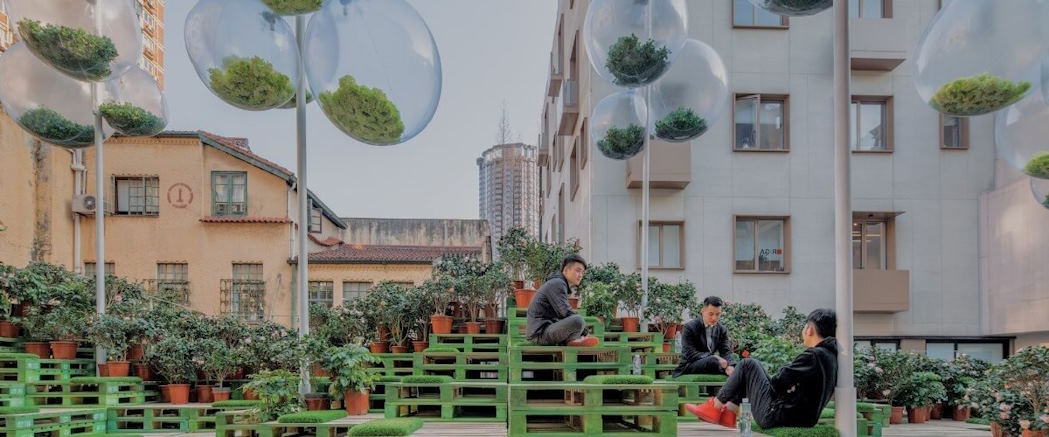
Designing for Impact: How Art and Design Can Drive Social Change
Art and design can go beyond aesthetics and create meaningful social change. From graphic design to architecture, artists and designers use their skills and creativity to tackle pressing social issues, spark conversations, and inspire action. This article explores the transformative potential of art and design in driving social change and creating a more equitable and sustainable world.
Visual Communication for Advocacy
Art and design serve as powerful tools for visual communication and advocacy. Graphic designers, illustrators, and visual artists use their talents to create compelling visuals that convey messages, raise awareness, and challenge societal norms. Through thought-provoking imagery, infographics, and posters, they amplify the voices of marginalized communities, shed light on social injustices, and mobilize individuals to take action.
Design Thinking for Social Innovation
With its human-centered approach, design thinking has become instrumental in driving social innovation. Designers apply their problem-solving skills to address complex social challenges, collaborating with communities and stakeholders to co-create sustainable and inclusive solutions. By empathizing with the needs of marginalized groups, designers can create products, services, and systems that positively impact people’s lives.
Creating Public Spaces for Inclusion
Architecture and urban design have the potential to shape inclusive and vibrant public spaces. Designers are reimagining cities to be more accessible, safe, and inclusive for all. From designing barrier-free infrastructure to incorporating public art and green spaces, these interventions foster social interaction, promote well-being, and create a sense of belonging. By prioritizing the needs and aspirations of diverse communities, designers create spaces that celebrate diversity and enhance social cohesion.

Sustainability and Eco-Design
Art and design are vital in promoting sustainability and driving the shift toward a more eco-conscious society. Designers are integrating sustainable practices into their creative processes, utilizing recycled materials, embracing circular design principles, and advocating for responsible consumption. Through eco-design, they reduce environmental impact, raise awareness about climate change, and inspire individuals to make more sustainable choices.
Participatory Design and Empowerment
Participatory design empowers communities to participate in the design process actively, ensuring that their voices are heard and their needs are met. Designers collaborate with communities to co-design solutions that address local challenges, fostering a sense of ownership and empowerment. This approach allows for creating culturally sensitive, contextually relevant, and truly impactful solutions.
Art and design have the potential to be catalysts for social change, driving conversations and inspiring action. By leveraging visual communication, embracing design thinking, creating inclusive public spaces, promoting sustainability, and embracing participatory approaches, artists and designers can significantly impact society. Through their creativity and innovation, they have the power to shape a more equitable, inclusive, and sustainable world. We can collectively work towards a brighter future for all by harnessing the transformative potential of art and design.

